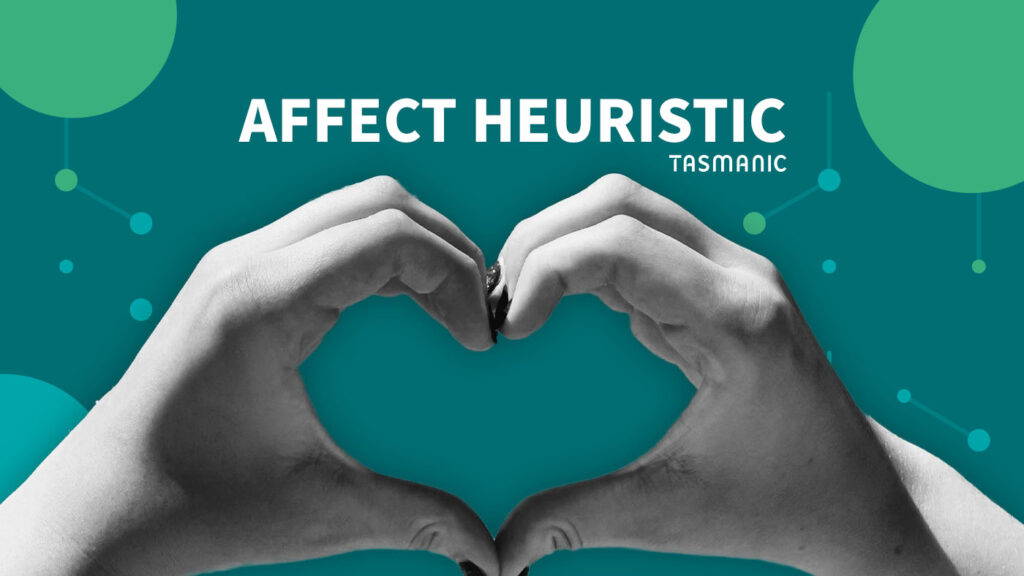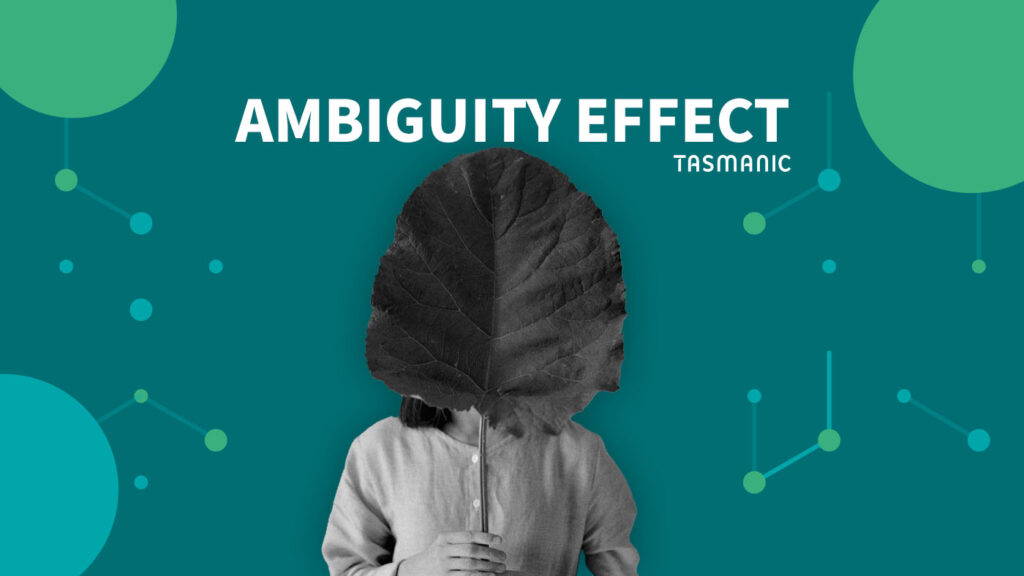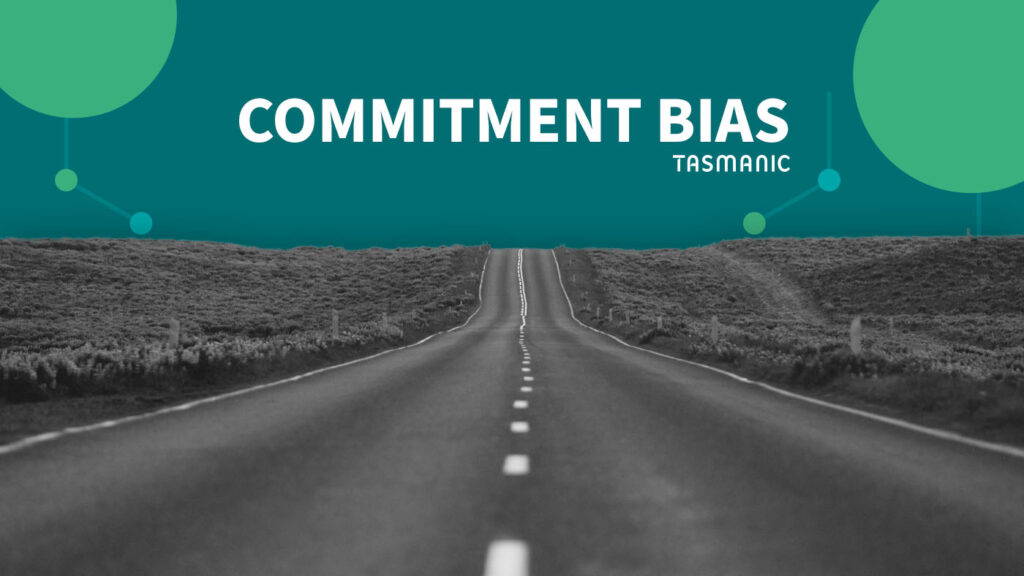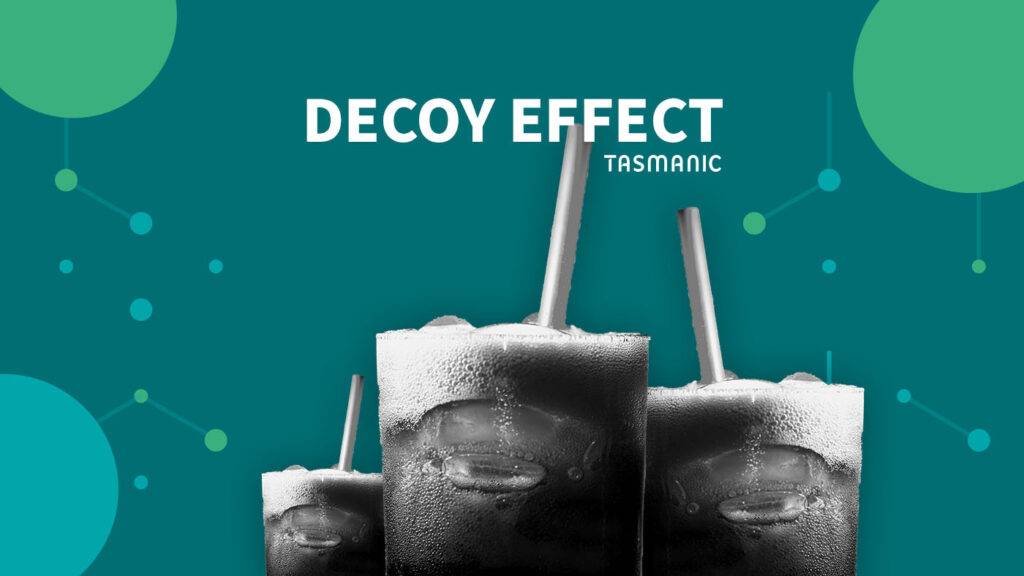
Last updated May 22, 2023
Introduction
The decoy effect or distraction effect is an interesting phenomenon for marketers. Because how do you get consumers to buy that one package, product or service from you that you most want to sell? By using a "decoy," a lure! By using the decoy effect in your sales strategy, you give your customer a push in the right direction. And it's really not as complicated as it may sound. After reading the following, you as an entrepreneur can easily apply it yourself!
What is the decoy effect?
The decoy effect describes how adding a third "asymmetrically dominated" option makes either original alternative more attractive (Huber et al, 1982).
The third option you add is a distraction, making one of the other two options clearly better than the other. You direct the preference of people who have to make a choice by adding a distracting, third option. This makes it easier for them to choose between the two original options.
The third option must then be an asymmetrically dominated option. An asymmetrically dominated product is in some ways superior to one of the other two products, but in no way better than the best product. So the "decoy" option you add is in all respects a lesser option than either of the other two options. It is only a partially inferior option to the other alternative. As a result, we also speak of an "asymmetric dominance effect.
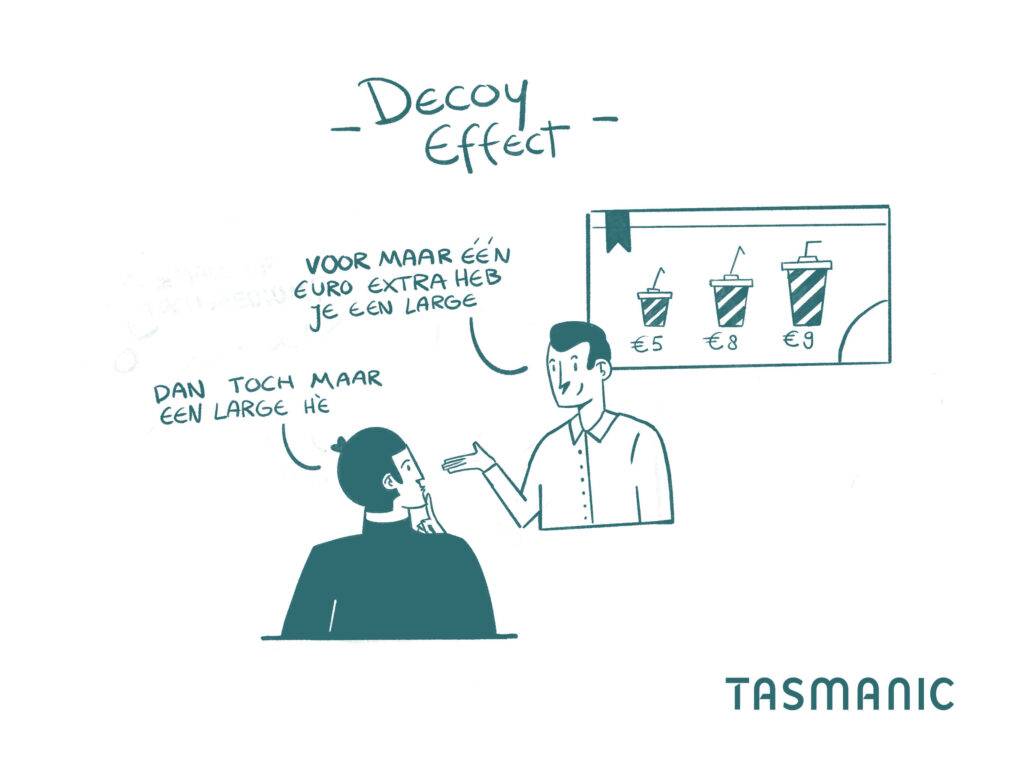
How does the decoy effect occur?
When consumers have to choose between multiple options, choice stress often arises. To reduce the stress, they start eliminating options based on easily comparable criteria, such as price and quantity (Schwartz, 2004). A decoy cleverly takes advantage of this, because without adjusting the price or quantity of the other options, it distorts the image of the other options and thus the value in our brain.
The decoy effect also exploits our tendency toward loss aversion (Kahneman & Tversky, 1979). When you have to choose from 3 rather than 2 options, the loss of quality is more likely to influence your choice than a just slightly higher price. The decoy makes you more likely to choose a higher priced, higher quality product. A loss feels heavier than a gain, and you don't want to have to sacrifice quality (Hendricks, 2018).
Examples in practice
The classic example of the decoy effect is that of a subscription to The Economist. The experiment shows how people's preferences change when you adjust the pricing strategy.
In its original format, The Economist gives you a choice of two subscriptions:
- 1: Online access for $59 dollars a year
- 2: Online access AND the magazine in print for $125 dollars a year
In this case, most customers choose online access only. It is a tough choice between cheap online and expensive in print. In the end, the lowest price wins.
But, suppose the magazine prefers to sell the print version. A decoy succeeds in enticing customers to do so. In the new situation, there are three options:
- 1: Online access for $59 dollars a year
- 2: The magazine in print for $125 dollars a year
- 3: Online access AND the magazine in print for $125 dollars a year
In this case, most people choose the third option. It is still the more expensive option, but it is a better option than print only for $125. The choice between print only for $125 and online and print for $125 is easy. Customers are no longer comparing option 1 with option 3, but option 2 with option 3. The latter option delivers both print and online. As a result, most people end up choosing option 3. After this change in pricing strategy, sales at The Economist went up 43%!
Restaurant visit
Another example is about a restaurant visit. The original choices are:
- A: a 1-star restaurant that is nearby
- B: a 3-star restaurant that is further away
A dilemma between distance and quality! Adding a 3rd restaurant to the choices suddenly makes it easier to make a choice:
- A: a 1-star restaurant that is nearby
- B: a 3-star restaurant that is further away
- C: a 2-star restaurant that is even further away
Now it's a simple choice: most people will go for restaurant B. Better ánd closer than restaurant C! But if the decoy is different, the outcome may also be different:
- A: a 2-star restaurant that is nearby
- B: a 3-star restaurant that is further away
- C: a 1-star restaurant located between restaurant A and B
Now the choice is more likely to be toward restaurant A because it is better and closer than restaurant C. The decoy effect is even stronger when people have to justify their choice of a particular restaurant to someone else (Huber et al, 1982).
Apply decoy effect
You can apply the decoy effect as a business owner if you want to let customers or, say, employees choose from two options. Or three actually, including the decoy. There is always a target(the option you want them to choose), a competitor(the option you don't want them to choose) and the decoy(the distraction you also don't want them to choose)(Hendricks, 2018). Use the effect, for example, when you make multiple offers or offer packages. With the decoy, you make the option you would like to offer or sell extra interesting.
Be sure to add a decoy to two existing options. Think about how the original two options both have something to offer. What criteria are most relevant for customers to base a choice on? Add a strategic decoy that has one of the elements and not the other and is therefore clearly inferior to the very similar alternative. The option you want to sell is the better deal. You'd be crazy not to choose this one!
Keep it to 3 options, though, because more options negate the effect. Think of the popcorn and soft drink offerings in a movie theater or fast food chain. You can often choose between small, medium or large here, where the difference between medium and large will be smaller than the difference between small and medium. The decoy, medium, seems to be the worse choice because the price difference between it and the most expensive option is negligible.
Before applying the decoy effect in your sales strategy, you can first test the decoy in your environment or through an A/B test. This way, you can fine-tune it to the fullest!
Resources
Hendricks, K. (2018, December 7).The decoy effect: Why you make irrational choices every day (without even knowing it). https://kenthendricks.com/decoy-effect/
Huber, J., Payne, J. & Puto, C. (1982, June). "Adding Asymmetrically Dominated Alternatives: Violations of Regularity and the Similarity Hypothesis". The Journal of Consumer Research.
Kahneman, D. & Tversky, A. (1979). :Prospect theory: An analysis of Decision under Risk". Econometrica, vol. 47(2): 263.
Schwartz, B. (2004). "The Paradox Of Choice: Why More Is Less." The Paradox Of Choice: Why More Is Less.
Is your company missing opportunities?
Our pay is based on your results.

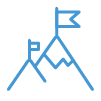

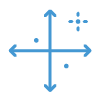











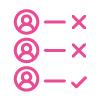
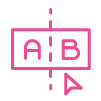
 Team
Team FAQ
FAQ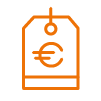 Prices
Prices Vacancies
Vacancies Contact
Contact Marketing
Marketing SEO
SEO SEA
SEA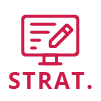 Strategy
Strategy Sales
Sales Optimization
Optimization AWR
AWR Ahrefs
Ahrefs Channable
Channable ContentKing
ContentKing Leadinfo
Leadinfo Optmyzr
Optmyzr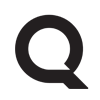 Qooqie
Qooqie Hubspot
Hubspot Semrush
Semrush


